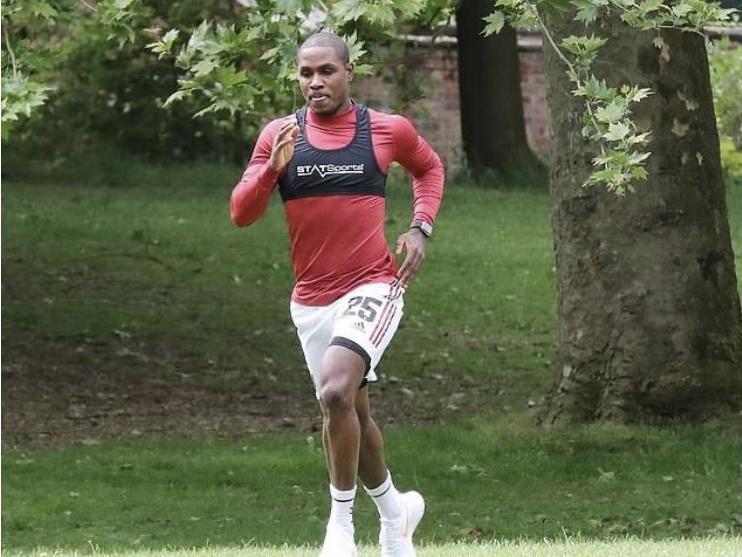Premier League clubs hopeful new research allays player fears over return to training
Exclusive: Players’ concerns over returning to contact training are seen as the biggest obstacle to ‘Project Restart’

Your support helps us to tell the story
From reproductive rights to climate change to Big Tech, The Independent is on the ground when the story is developing. Whether it's investigating the financials of Elon Musk's pro-Trump PAC or producing our latest documentary, 'The A Word', which shines a light on the American women fighting for reproductive rights, we know how important it is to parse out the facts from the messaging.
At such a critical moment in US history, we need reporters on the ground. Your donation allows us to keep sending journalists to speak to both sides of the story.
The Independent is trusted by Americans across the entire political spectrum. And unlike many other quality news outlets, we choose not to lock Americans out of our reporting and analysis with paywalls. We believe quality journalism should be available to everyone, paid for by those who can afford it.
Your support makes all the difference.The average close-contact period between Premier League players in training lasts just over three seconds, which is far lower than the threshold to contract coronavirus, according to a landmark study that could prove crucial for ‘Project Restart’.
A number of clubs plan to present the research to their squads, as they seek to reassure them of the safety of getting back to contact training.
The study – titled Player Proximity white paper – was undertaken by STATSports, the company who provide GPS vests and monitoring software to 15 Premier League clubs and a number of teams around the world.
Using the data from 11 training sessions at four clubs between 25 February and 12 March, it was possible to measure a two-metre circle around players – dubbed the Subbuteo base by researchers – and precisely track how often it was encroached by teammates.
The main findings were that the average incursion lasts a mere 3.3 seconds, from an average of 350 incursions per session. Since that can be amplified by situations like set-piece drills, the majority of incursions last under one second. This is all considered lower than the threshold to contract coronavirus, particularly since it is outside.
The white paper could be especially important since it is players’ concerns over phase two of ‘Project Restart’ – a return to contact training – that is currently seen as the biggest obstacle to returning. The Premier League captains expressed most reservation about this at Wednesday’s videoconference, as well as the lack of detail and information. Some managers see convincing them as the main challenge.
Players are particularly concerned about extended contact in training given the government’s two-metre social-distancing guidelines, and the prior lack of scientific research on football.
It is hoped this white paper could change that, and prove persuasive. Clubs aim to present it to players over the next week, as they explain plans for the second phase. The idea is to complement it with other scientific research, like studies that show outdoor sport is one of the safest working environments.
The Independent has been told that clubs were surprised by how low the figures in the white paper were, with that all the more relevant since they come from sessions before coronavirus crisis, and may have involved incursions during water breaks and rest periods.
The average time and amount of incursions would be even lower if using what are now being called “Covid-friendly drills” for phase two. The idea would be to further reassure players, and show them in black and white what training would entail, and what the scientific research is.
The 11 training sessions used for the research involved 75 players, who wore the STATSports Apex GNNS device as part of standard daily practice. Data was taken from total time on grass.

It was found that warm-ups and possession-based drills produced the highest frequency of incursions, while large-sided – including 11-a-side – and medium-sized games and small group technical drills produced fewer than two incursions per minute.
Set pieces and one-on-ones naturally involve higher durations of incursions, but the data can also allow coaches to adapt around this.
Clubs are confident the white paper can greatly allay the concerns of their captains.
Join our commenting forum
Join thought-provoking conversations, follow other Independent readers and see their replies
Comments